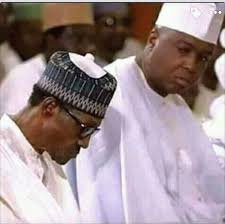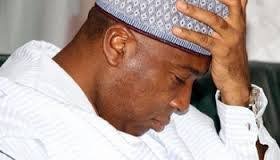US economy was faltering at every stage, common people were unhappy jobs were few and far to be found and the products could not find consumers.
The unemployment rate a lagging indicator was still just 3.2 percent.
President Hoover signed the Smoot-Hawley Tariff Act.
It raised taxes on 900 imports. It originally was supposed to help farmers but ended up imposing tariffs on hundreds of other products.
To make matter worse drought known as (Dust Bowl drought) hit USA in 1930.
Several big banks like Bank of Tennessee, Bank of the United States failed. With it failed their subsidiaries. Depositors rushed to withdraw their money from banks. This led to failure of more banks as they usually had 10% of deposits.
Reconstruction Finance Corporation was created to lend $2 billion to financial institutions to prevent further failures.
The Fed purchased $1 billion in securities from banks as part of its open market operations.
Economy shrank 27 percent since its peak in August 1929.
The top level income tax rate was increased to 63 percent to prevent federal deficit. Higher taxes worsened the Depression.
March 9: The Emergency Banking Act and “The New Deal” protected US banks from devastating failures.
The government cut its own spending to finance the New Deal and to help out banks.
Creation of jobs in industry was focused. Minimum wage was introduced and child labor was banned.
The Gold Reserve Act prohibited private ownership of gold and doubled its price.
The dust bowl drought was still severe. Roosevelt passed the Soil Conservation Act to teach farmers sustainable methods.
The FCC consolidated all federal regulation of telephone, telegraph, and radio communications.
The steps taken by US Government were improving the economy.
Roosevelt launched more programs focused on the poor, the unemployed, and farmers.
The Rural Electrification Act helped farms to generate electricity for their areas.
The Resettlement Administration trained and provided loans to farmers.
Roosevelt raised the top tax rate to 79 percent. The economy grew 12.9 percent. Unemployment shrank to 16.9 percent. Prices rose 1.4 percent. The debt grew to $34 billion.
President Roosevelt was reelected.




























